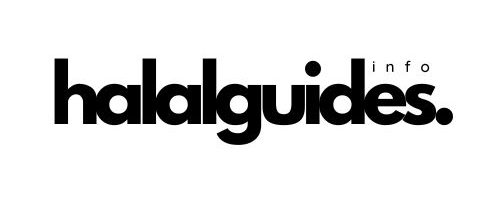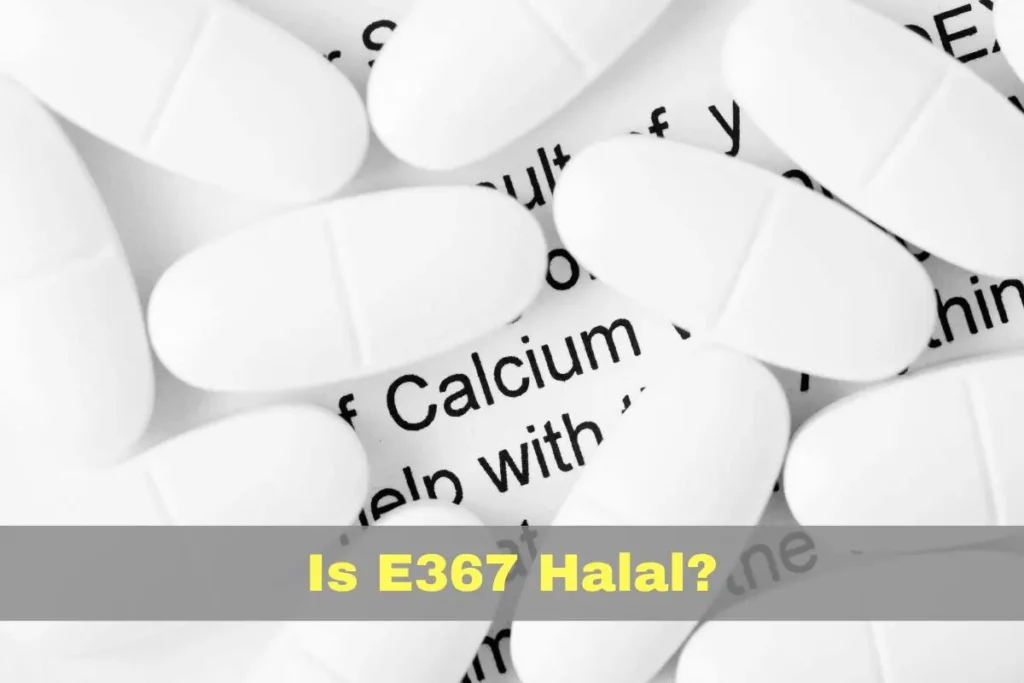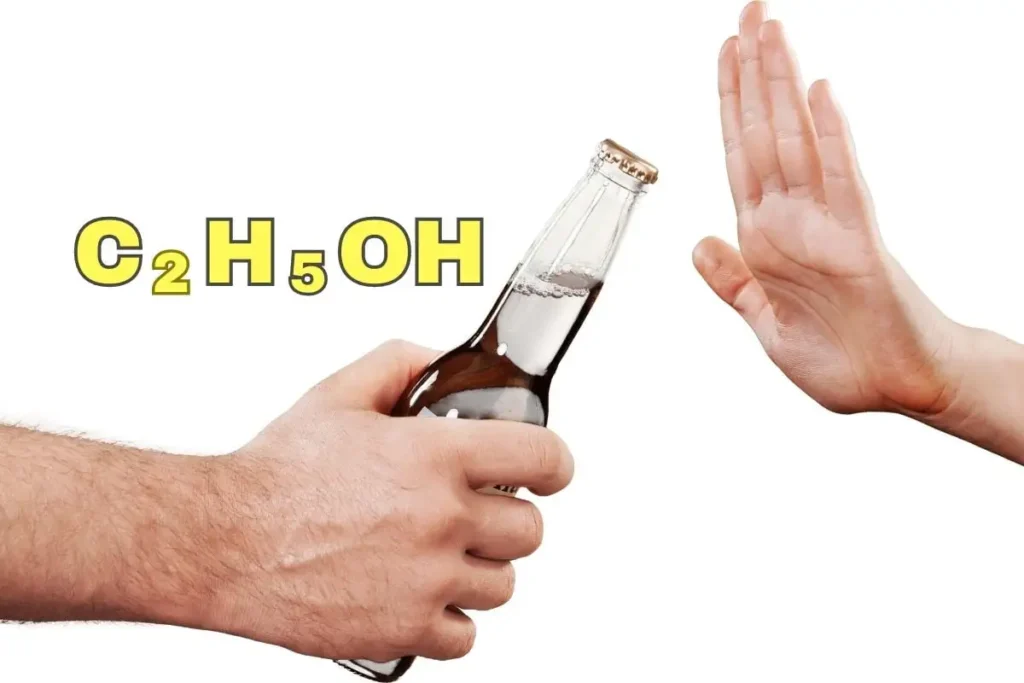As a concerned Muslim consumer, you may wonder – is the food additive E367 allowed according to Halal guidelines? This article will explore what E367 is, how it’s made, possible health effects, and regulations to determine if it meets Islamic dietary laws.
- Key Takeaways
- What is E367?
- Chemical Structure
- What Is E367 Made From?
- Possible Side Effects
- Regulations and Guidelines
- Dosage and Administration
- Is E367 Halal or Haram?
- Conclusion
- FAQ
- What is the source of E367?
- Is E367 safe for consumption?
- What are some common food products that contain E367?
- What is the CAS number of E367?
- Is E367 banned in any country?
Key Takeaways
| 📌 E367 (Calcium Fumarate) is a food additive used to regulate acidity, pH levels, and improve texture in processed foods. |
| 📌 The Halal status of E367 is uncertain because it is derived from fumaric acid, which itself has a doubtful classification. |
| 📌 For individuals who adhere to the Muslim faith, it is advisable to consider alternative products that have a clear Halal status. |
What is E367?
E367, also known as calcium fumarate, is a calcium salt of fumaric acid commonly used as a food additive. It has the chemical formula C4H2CaO4 and functions primarily as an acidity regulator, pH buffer, and emulsifier in processed foods.
The unique molecular structure of E367 allows it to interact with other ingredients and modify textures.
Chemical Structure

Taking a closer look, E367’s chemical structure consists of a linear chain of two carbon atoms joined by a double bond and bonded to two carboxyl (-COOH) groups on each end.
Calcium ions then bond to the carboxyl groups, resulting in the stable calcium salt. This gives clues to how it’s manufactured.
What Is E367 Made From?
E367 is produced by the neutralization reaction of fumaric acid with calcium hydroxide. Fumaric acid is naturally occurring and can be isolated from plant sources like licorice root or produced synthetically from petroleum products via the maleic anhydride process. The calcium salt precipitates and is then purified, dried, and processed into the food additive.
Possible Side Effects
Toxicological studies have found E367 to have very low oral toxicity. The European Food Safety Authority set the acceptable daily intake at no safety concern up to 30 mg/kg body weight per day.
No adverse effects have been reported within approved levels. As with any ingredient, those with sensitivities or allergies should check with their doctor before consuming foods containing E367.
Regulations and Guidelines
The U.S. Food and Drug Administration lists E367 as generally recognized as safe when used in accordance with good manufacturing practices. Similarly, Health Canada and the Australia New Zealand Food Standards Code permit its use in various food categories. For specifics on acceptable levels, check national food additive regulations.
Dosage and Administration
E367 is typically used at levels between 0.1-1% by weight of the foodstuff, depending on the application and desired technical effect. For example, it may be present at 0.3% in chewing gum to control viscosity or 0.5% in baked goods to improve texture and moisture retention.
Manufacturers carefully consider functional properties and safety when determining appropriate quantities for their products.
Is E367 Halal or Haram?
While this additive is deemed safe for consumption, its Halal status remains uncertain due to its foundation in fumaric acid. The Halal status of fumaric acid itself is syubhat (doubtful).
Find out more:
Is E366 Halal or Haram?
Is E370 Halal or Haram?
Conclusion
E367, calcium fumarate, a multifaceted player in the realm of food additives, raises questions about its Halal status, tied to the uncertain classification of its precursor, fumaric acid.
Despite regulatory approval and proven safety, the shadow of doubt prompts a contemplative pause for those following Halal dietary principles. In this culinary odyssey, the intersection of science and faith beckons for clarity.
Allahu A’lam (Allah Knows Best)
FAQ
What is the source of E367?
E367 can be produced from either plant sources like licorice root or synthetically via the maleic anhydride process from petroleum. Today, most manufacturers obtain it synthetically for more consistent production.
Is E367 safe for consumption?
Yes, according to extensive toxicological research and approval by leading agencies like the FDA and EFSA, E367 has very low oral toxicity and is considered safe for human consumption within authorized levels.
What are some common food products that contain E367?
You may find E367 listed as an ingredient in items like chewing gum, baked goods, canned foods, dressings and more – anywhere a manufacturer needs to control acidity or texture. It’s very widely used across processed foods globally.
What is the CAS number of E367?
The Chemical Abstracts Service (CAS) registry number uniquely identifying calcium fumarate is 243-376-3. This helps distinguish it from other chemicals in reference materials and regulatory scope.
Is E367 banned in any country?
No reputable national or international health organization has prohibited the use of E367 as a food additive. It is approved and regulated and considered safe when used according to good manufacturing practices worldwide.
- Is Pop Tarts Halal? What You Need to Know - February 18, 2024
- Are Graham Crackers Halal in Islam? - January 19, 2024
- Is Keebler Wheatables Halal? - January 18, 2024





